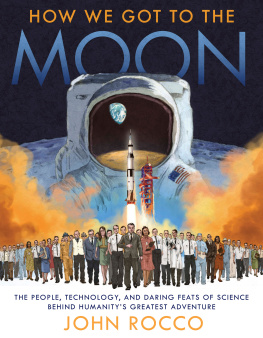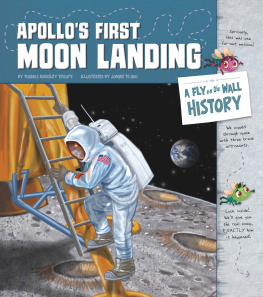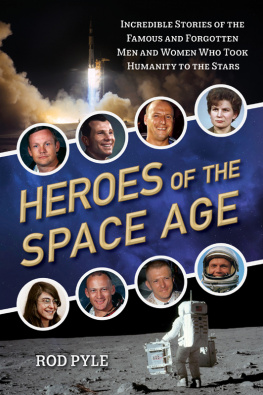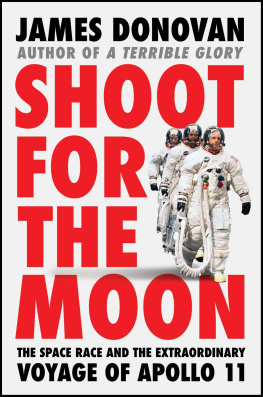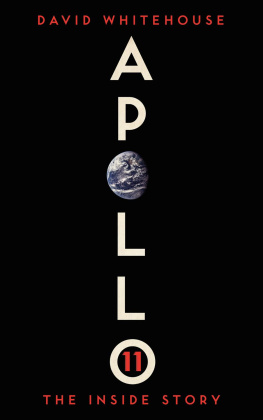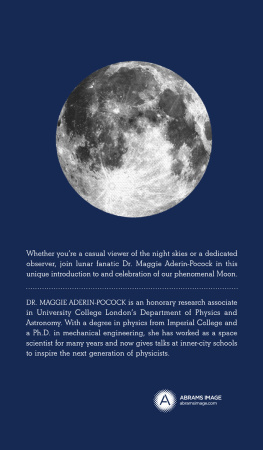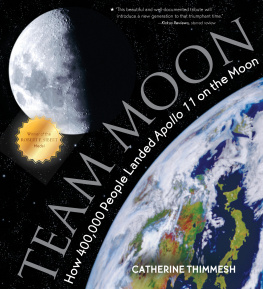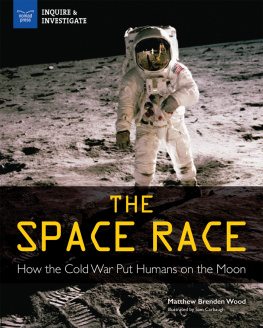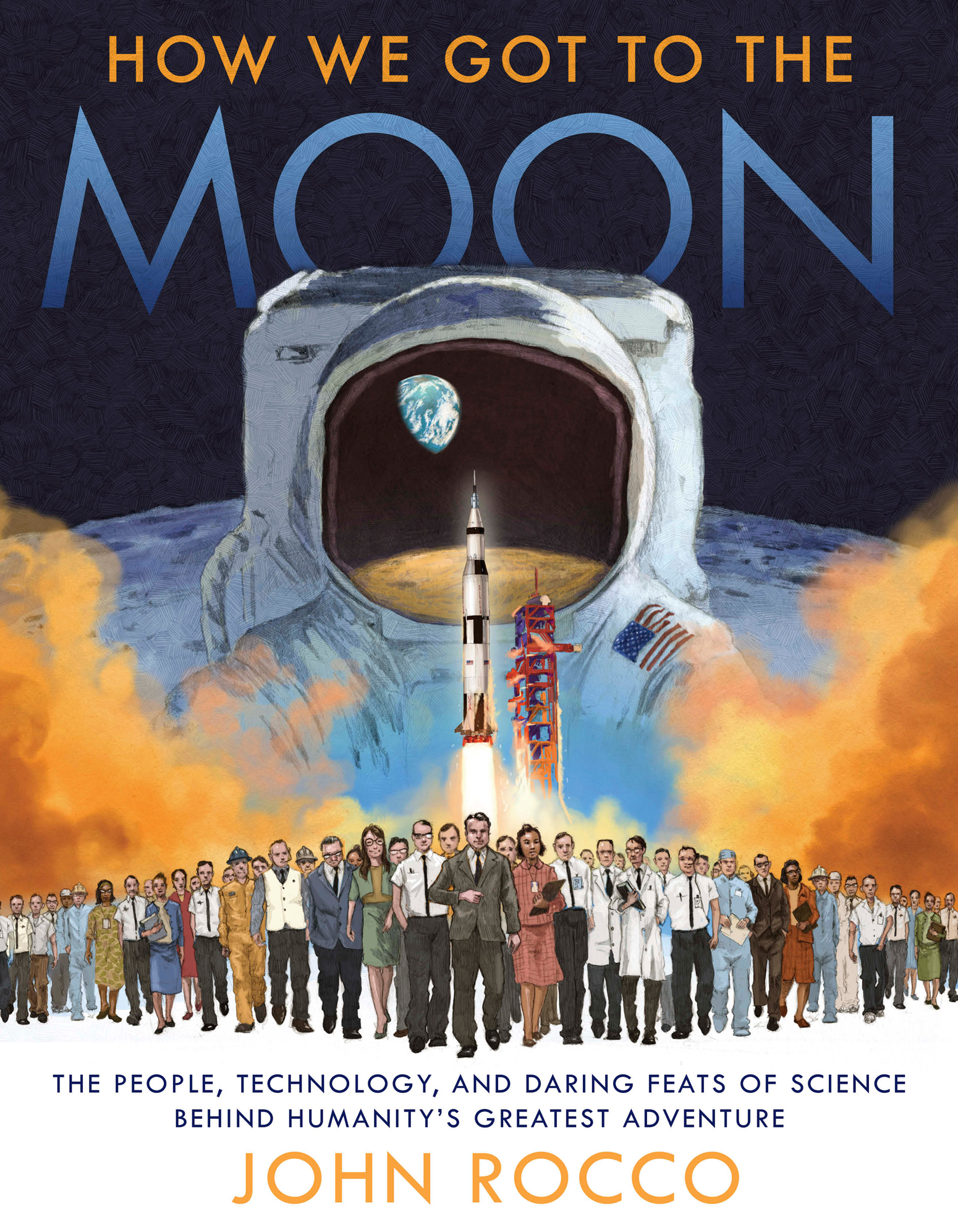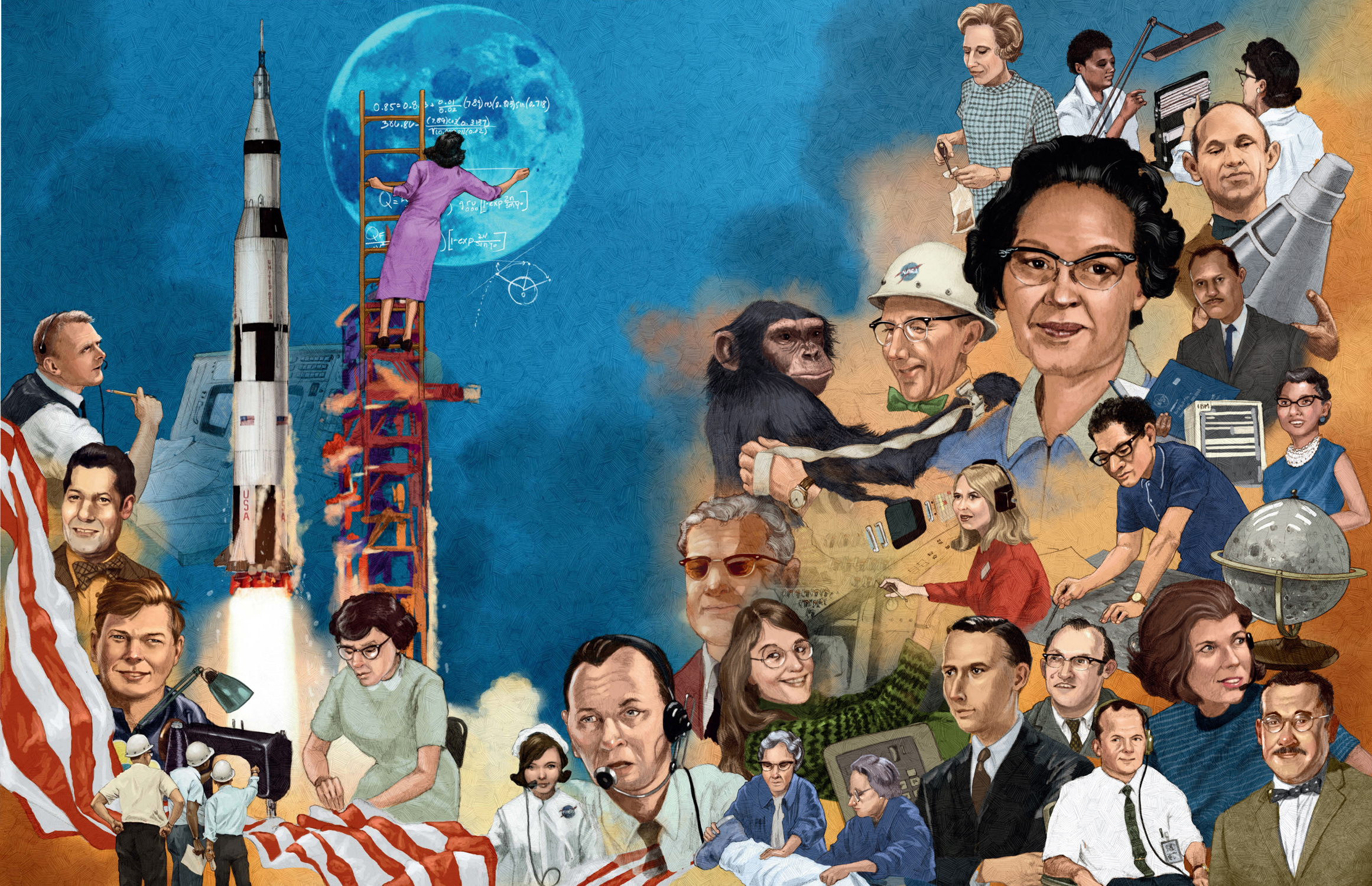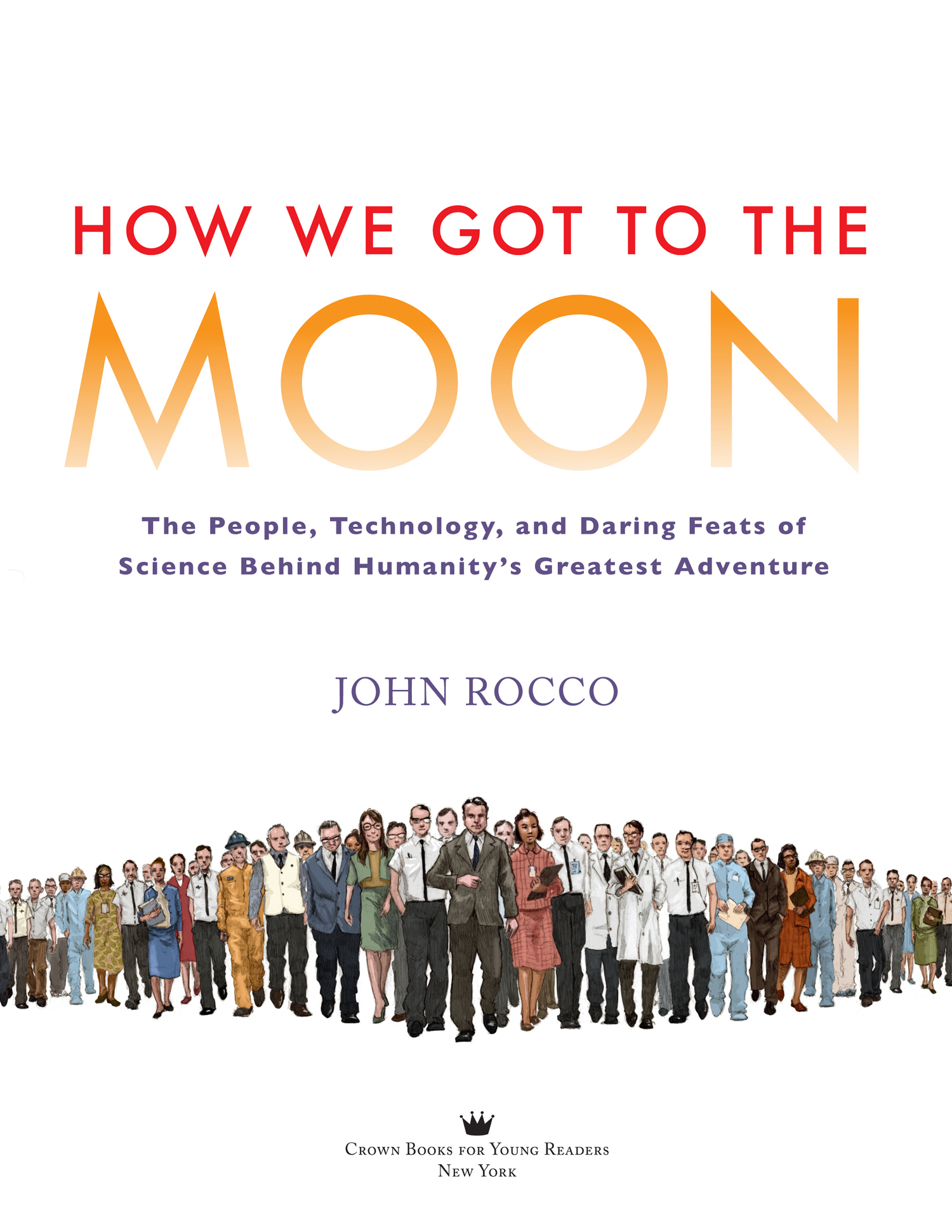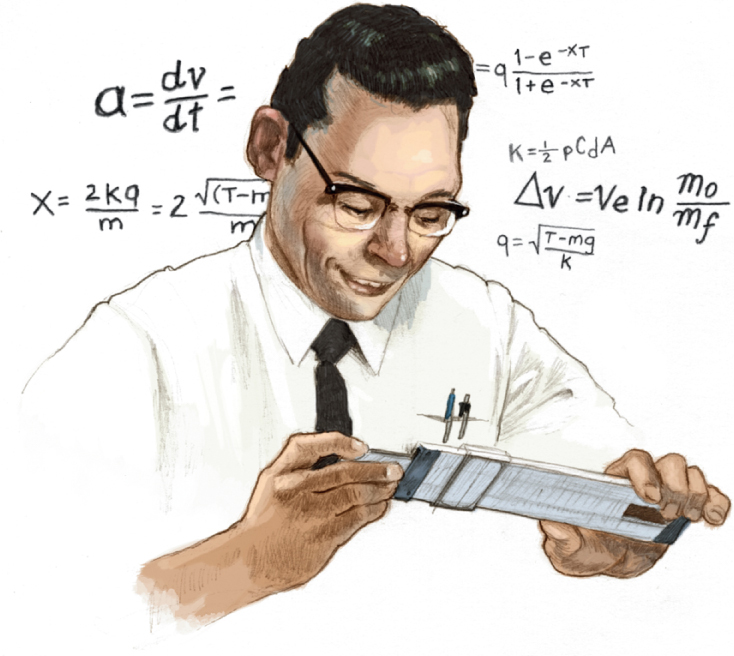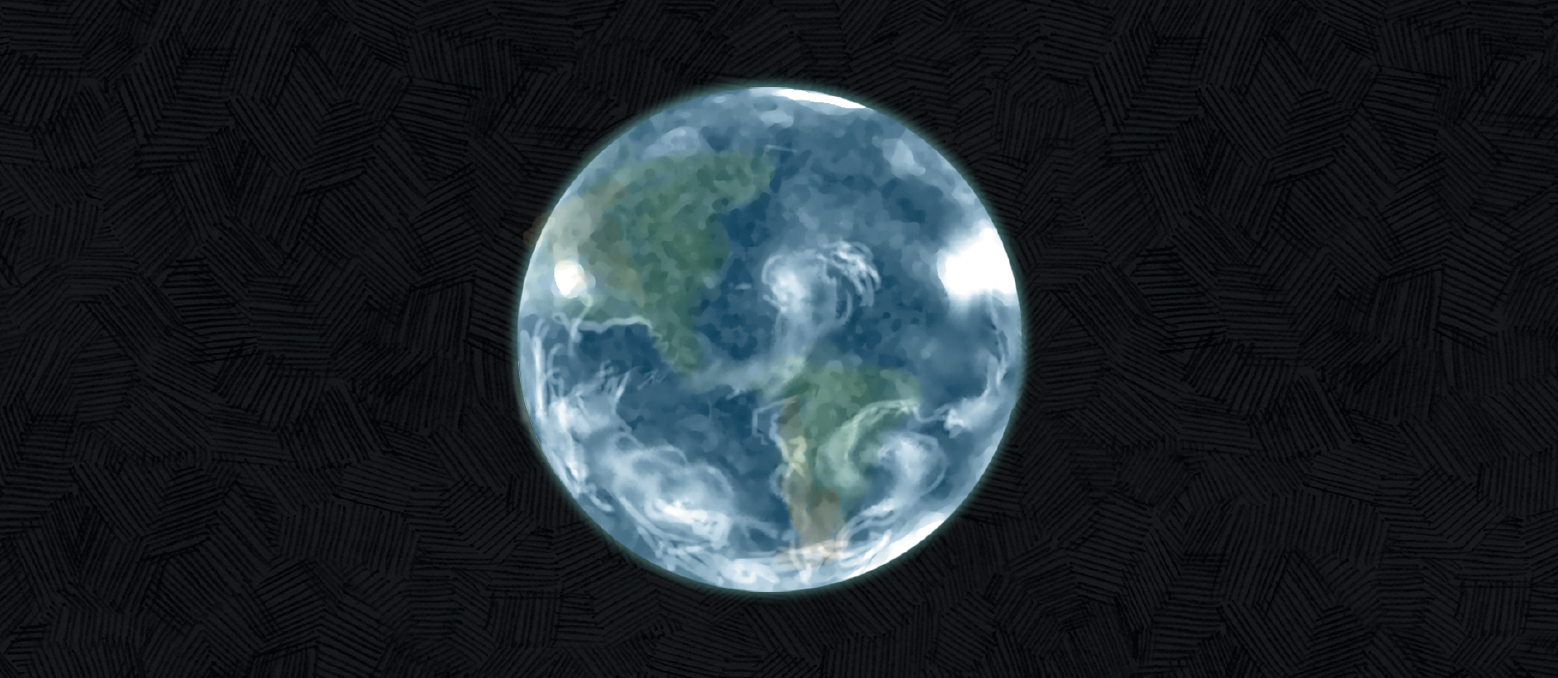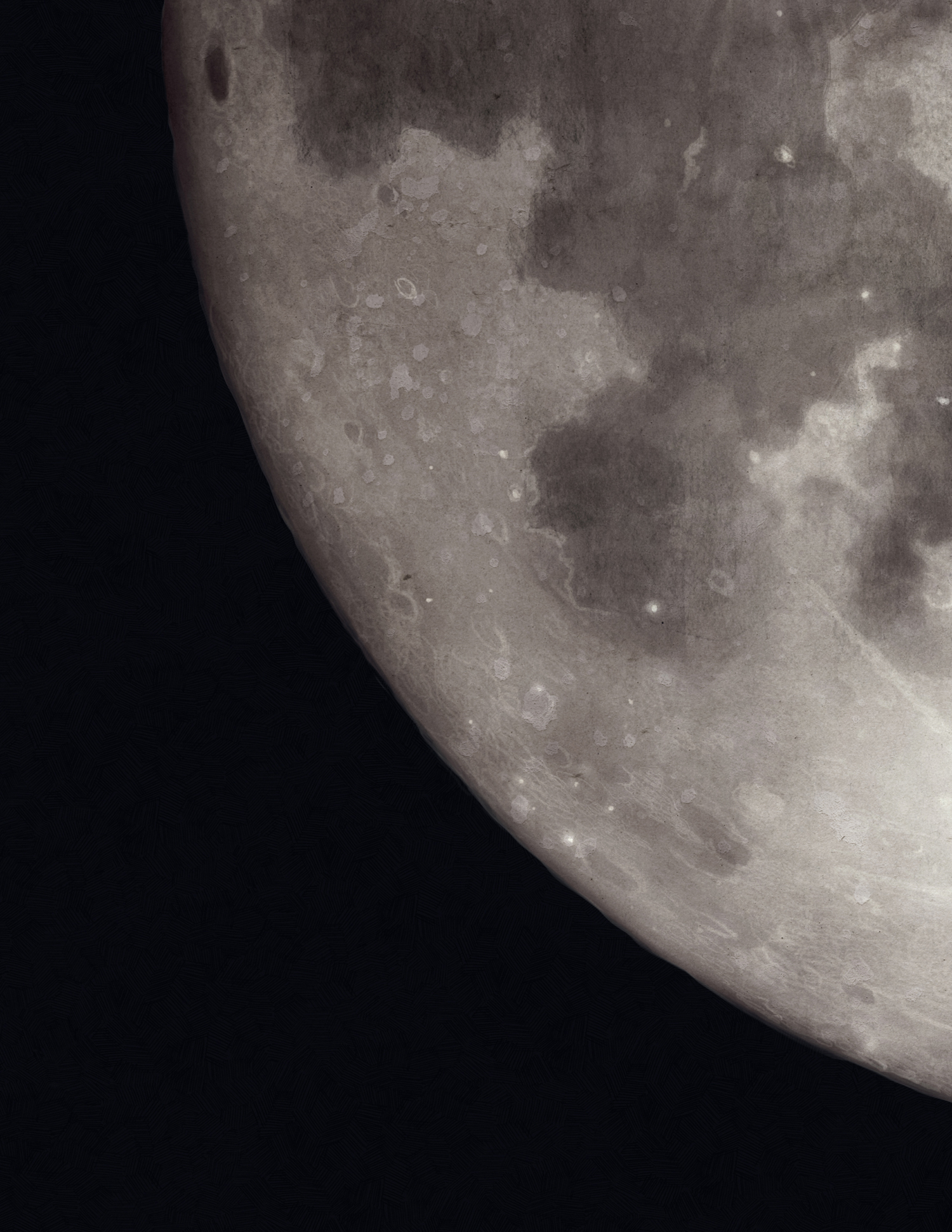John Rocco - How We Got to the Moon: The People, Technology, and Daring Feats of Science Behind Humanitys Greatest Adventure
Here you can read online John Rocco - How We Got to the Moon: The People, Technology, and Daring Feats of Science Behind Humanitys Greatest Adventure full text of the book (entire story) in english for free. Download pdf and epub, get meaning, cover and reviews about this ebook. year: 2020, publisher: Random House Childrens Books, genre: Children. Description of the work, (preface) as well as reviews are available. Best literature library LitArk.com created for fans of good reading and offers a wide selection of genres:
Romance novel
Science fiction
Adventure
Detective
Science
History
Home and family
Prose
Art
Politics
Computer
Non-fiction
Religion
Business
Children
Humor
Choose a favorite category and find really read worthwhile books. Enjoy immersion in the world of imagination, feel the emotions of the characters or learn something new for yourself, make an fascinating discovery.
- Book:How We Got to the Moon: The People, Technology, and Daring Feats of Science Behind Humanitys Greatest Adventure
- Author:
- Publisher:Random House Childrens Books
- Genre:
- Year:2020
- Rating:4 / 5
- Favourites:Add to favourites
- Your mark:
How We Got to the Moon: The People, Technology, and Daring Feats of Science Behind Humanitys Greatest Adventure: summary, description and annotation
We offer to read an annotation, description, summary or preface (depends on what the author of the book "How We Got to the Moon: The People, Technology, and Daring Feats of Science Behind Humanitys Greatest Adventure" wrote himself). If you haven't found the necessary information about the book — write in the comments, we will try to find it.
This beautifully illustrated, oversized guide to the people and technology of the moon landing by award-winning author/illustrator John Rocco (illustrator of the Percy Jackson series) is a must-have for space fans, classrooms, and tech geeks.
Everyone knows of Neil Armstrongs famous first steps on the moon. But what did it really take to get us there?
The Moon landing is one of the most ambitious, thrilling, and dangerous ventures in human history. This exquisitely researched and illustrated book tells the stories of the 400,000 unsung heroes--the engineers, mathematicians, seamstresses, welders, and factory workers--and their innovations and life-changing technological leaps forward that allowed NASA to achieve this unparalleled accomplishment.
From the shocking launch of the Russian satellite Sputnik to the triumphant splashdown of Apollo 11, Caldecott Honor winner John Rocco answers every possible question about this world-altering mission. Each challenging step in the space race is revealed, examined, and displayed through stunning diagrams, experiments, moments of crisis, and unforgettable human stories.
Explorers of all ages will want to pore over every page in this comprehensive chronicle detailing the grandest human adventure of all time! **
John Rocco: author's other books
Who wrote How We Got to the Moon: The People, Technology, and Daring Feats of Science Behind Humanitys Greatest Adventure? Find out the surname, the name of the author of the book and a list of all author's works by series.

